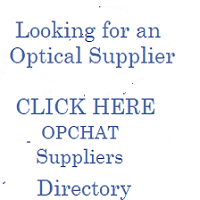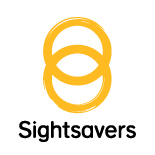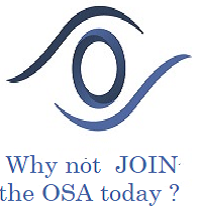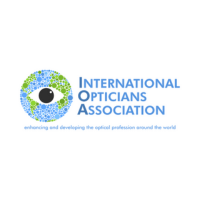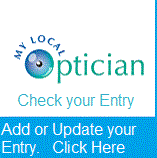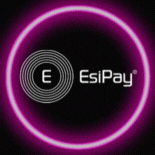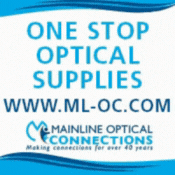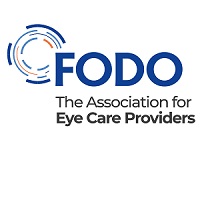Professional Matters Optometry & Dispensing
Sector Partners release further Update on IOL alert
Further advice for primary eye care about the MHRA IOL alert
About this advice which relates to a MHRA UK wide safety alert:
• NIDEK EyeCee One preloaded and EyeCee One Crystal preloaded Intraocular Lenses (IOLs): risk of increased intraocular pressure What to tell patients who enquire about the IOL recall You should advise patients:
• that those affected by this recall will be contacted by their cataract surgery provider (whether NHS or private) to arrange a follow-up appointment to measure eye pressures
• if they were fitted with the lenses in question, they should either have received or shall receive a call shortly
• the issue only affects a relatively small number of lenses fitted since 1s October 2022.
Most cataract operations are unaffected and all surgery providers will have robust mechanisms to identify those who are affected.If, in line with the safety alert, you are only required to conduct an IOP check, you should:
• make sure that the patient understands that they have not had a full sight test/eye examination and that they should return for this in the usual way, this advice should be recorded in your notes.
Patients with signs or symptoms
If you find an IOP over 22mmHg in a person associated with this patient safety alert, you should immediately contact the cataract provider to arrange a review, which should normally be within 24h of your IOP assessment.
Where there is a significant elevation of IOP (over 35mmHg) you should ensure all people are referred urgently and immediately in the case of those with IOP over 40mmHg.
• IOP >35mmHg Urgent referral (Within 24 hours)
• IOP ≥40mmHg Emergency referral (Immediately)
What will happen next?
Local cataract surgery providers who fitted the IOLs are required by the MHRA to ensure an effectively coordinated response. The MHRA notice provides further detail of what is expected to happen in each UK country. The MHRA has asked that community optometrists try to “Ensure there is sufficient capacity to carry out urgent testing for identified patients”.
Funding
NHS England has published an update about funding for this care where enhanced primary eye care pathways are not yet commissioned and primary eye care in Northern Ireland, Scotland and Wales have had similar correspondence about using existing NHS funded services to respond to this emergency.
Where a GOS1 is being utilised by the NHS to help patients access an IOP assessment, it is done to avoid the delays that amending regulations would involve. It does not set a precedent and it is acknowledged this mechanism will be used where there are gaps in the commissioning of enhanced eye care services.
In England, if you performed an IOP check in line with the MHRA safety alert before the NHS England letter of 1 February, then NHS England has confirmed you can still submit a claim by annotating the form as set out here. If on the other hand, you performed a full sight test, you should only claim the What should I record?
You should keep records of the reason for visit, the intraocular pressures and advice given just as you would for any other care. If in line with the protocol you need only conduct an IOP check, you should make this clear within your records.
For example, you should note that
• the patient understands that they have been checked for IOP in line with MHRA guidance but that they have not a full sight test/eye examination and/or
• include a specific note that the patient has been examined in line with NatPSA/2023/003/MHRA
What should I advise a patient who has an IOP check?
It is important that you follow local protocols as set by the cataract surgery provider. There is uncertainty around the onset, cause and duration of any increase in IOP and this is likely to continue to be for some time, It is important therefore to provide factual details only.
For example, you should tell the patient what the IOP is on the day and whether or not they are being referred in line with the protocol. You can also advise the patient that the surgical provider will be in touch with regard to any follow ups that may be required. You may also provide safety net advice of what to do if they experience any new symptoms.
It is always tempting to reassure patients.
However, as the reason for the IOP spike is unknown at this point, you should avoid telling patients that everything is ok, or implying that they are not at risk. Instead, you should keep the advice calm but factual as described above.
What should I do if a patient needs an IOP check on a home visit?
These requests should be rare, however you should follow the normal process for arranging a home visit. Contractors are reminded that visits to individuals can be arranged at 48 hours notice (excluding weekends) and of the flexibility to substitute up to three patients at a visit to accommodate urgent needs. In case of urgency where neither of the above apply the contractor should contact their local NHS optometric adviser for advice.
NHSBSA will deliver a non-interactive 30-minute lecture on the recent MHRA patient safety alert (concerning the recall of NIDEK EyeCee One Pre-loaded and EyeCee One Crystal Pre-loaded inter ocular lens). It will also explain how to make a GOS claim for IOP checks as an emergency measure. The lecture is at 7pm on 13 February and will attract 0.5 CPD points for optometrists and DOs. Book here.







